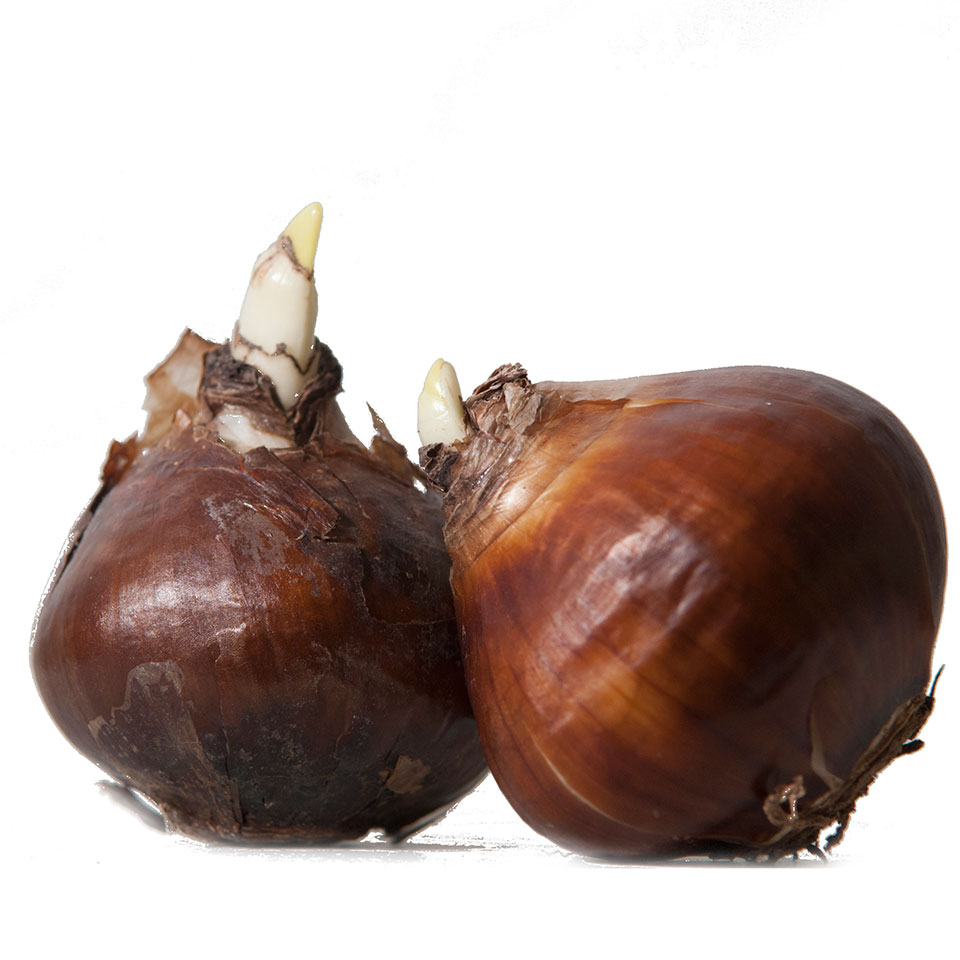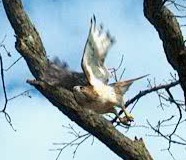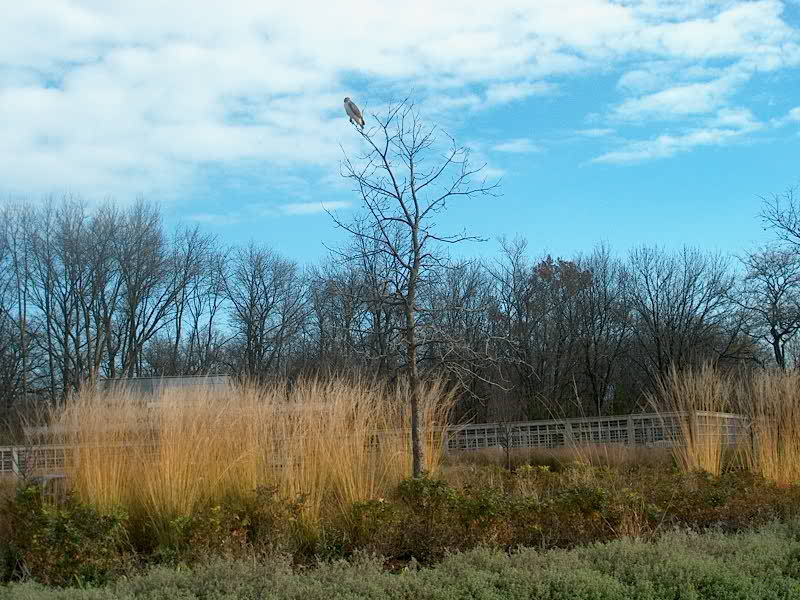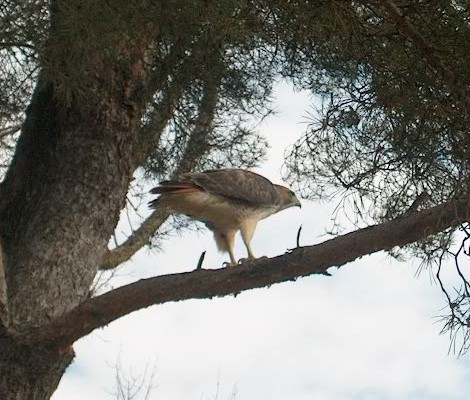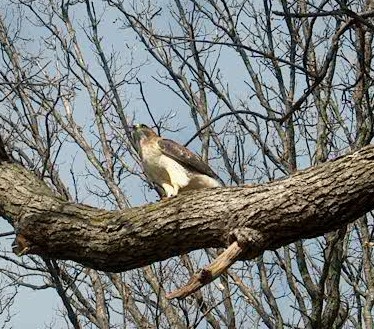What it takes to plant 26,000 tulip bulbs in the Crescent Garden in just 3 hours:
- 4 dozen doughnuts
- 2 boxes of coffee
- 2 gallons of orange juice
And 20 dedicated volunteers and staff fueled by the above.
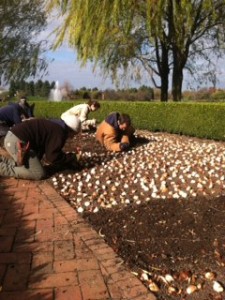
It’s time to plant bulbs for next spring, and the weather’s cooperating nicely. In your yard, plant tulip bulbs 6-8 inches deep in well-drained soil. Remember, bulbs will rot where there’s too much water from gutters, irrigation, or poor drainage. Plant plenty: tulips look wonderful in clusters, in drifts, and in vases all around the house next spring!
Horticulturist Benjamin Carroll has a great video on how to plant bulbs at home. Check it out (along with other planting information) here.

